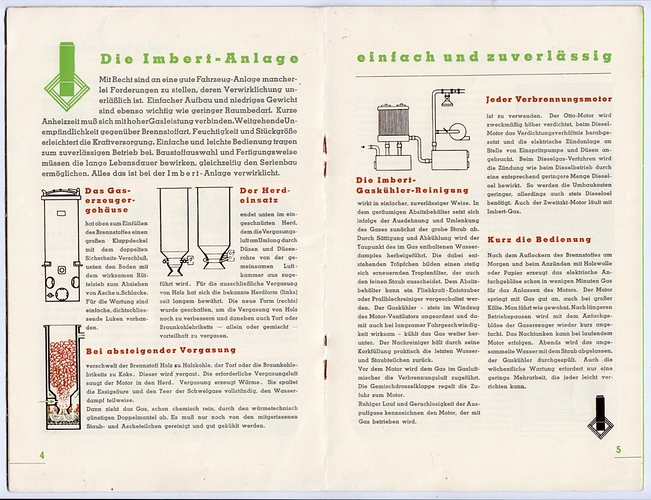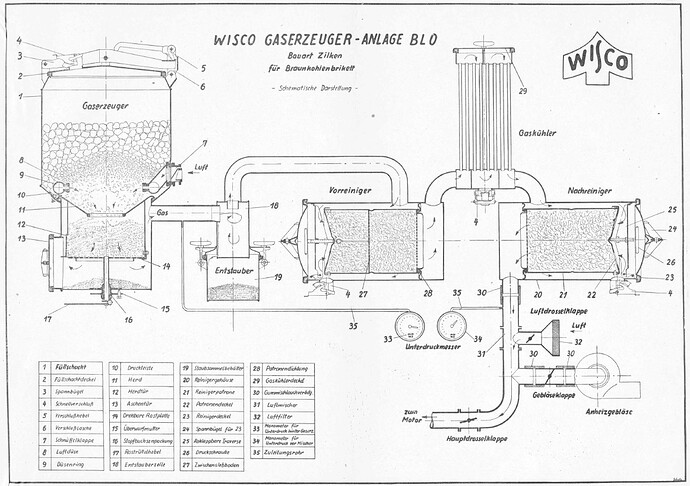found nice film …motor 16 hp from 1933
Those exposed valve train motors are just so stinking cool!
http://gazogenes.free.fr/tuyere_refroidissement_eau.html
http://chevrolet-gazogene-imbert.e-monsite.com/pages/etude-des-tuyeres.html
http://www.douglas-self.com/MUSEUM/TRANSPORT/prodcar/prodcar.htm
Very good, Giorgio P.
That first system illustration in the Russian? language appears to be a peat-sod fueled gasifier.
Regards
Steve Unruh
Thank you giorgio; So much information that many of us never knew. TomC

Uploading: images.jpg…
my son looks always for historic pictures, often in other languages are to find different pictures, some shure are known, others are new in the internet, some dissappears in the internet, so it is a good place here to collect them…we love to see old and new pictures to pick also up some ideas for construction…
Hi GiorgioP. this article link you put up translates 90% into English.
Obviously it is a relatively new article as it has USA developed All Power Labs stainless steel processor controlled units pictured at the ending.
I found the Belarus mans made unit on the rear of his UAZ Russian Jeep the most interesting.
He is using modern made barrels. Using the clamping ring edges as other modern DIY builders do now too: the WK’s and Joni’s versions 7.0 -10.0.
As nice as it is to use new flat steel stocks CNC plasma and laser cut. Tubes and cones formed rolled from new flat plate. Building that way makes for heat stress points at the edge flange welds.
One of the Swedish DOW guys put up a youtube of another Swedish builder having tars gas bypass leakage at his cracked welded flange joint. Visually see this at 3:45 → 6:50 minutes:
Regards
Steve unruh
Gentleman uses graphite impregnated asbestos rope.
Just looked some up, has a tolerance to 450°C. Might be worth looking into on the less opened gasketing surfaces, eg the bottom barrel. Wear a respirator and gloves during installation, should be wearing a dust mask when you’re doing a deep clean anyways.
Edit: you can also get graphite impregnated fiberglass rope as well.
I know guys like to impregnate the fiberglass rope with RTV, but with a tight enough clamp the rope alone should be air tight, right?
giorgio; I could write an encyclopedia of questions. Again very interesting. Did I notice that there was a lot of space dedicated to charcoal gasifiers". TomC
@Matt has proven this over and over again with good tight fitting stove rope seals.
I have been thinking of using this in my high heat areas on my gasifer hatches and barrel areas.
But when it comes to holding a hopper lid seal in place I will use the high temp red silicone RTV.
Bob
A hopper lid it makes sense to use RTV, since it won’t be held down by a lot of pressure. It also glues it down so it won’t peel off when you need it most.
Looks like a Mako style charcoal gasifier. Probably the S1 model that ran 2L to 4L engines.
Hey Cody, How do you know all that about a gasifier out of the 30’s/40’s? I remember starting out seriously looking for information, and how little was available . Now with the help of some of our new comers to this website from across the pond. Thanks to all you who have access to that old information for posting TomC
The Swedish GenGas book on the library features the Mako under the charcoal gasifier section. It actually has the most information and talks about the different size ranges.
Can’t remember which page number but it’s in about the middle of the book if I recall correctly.





































